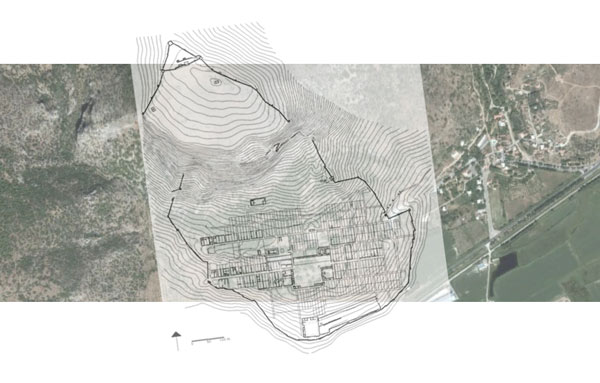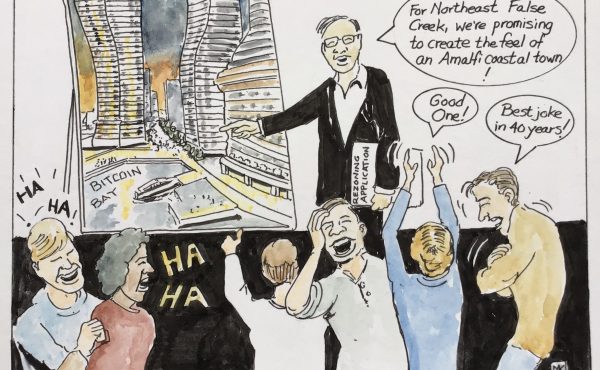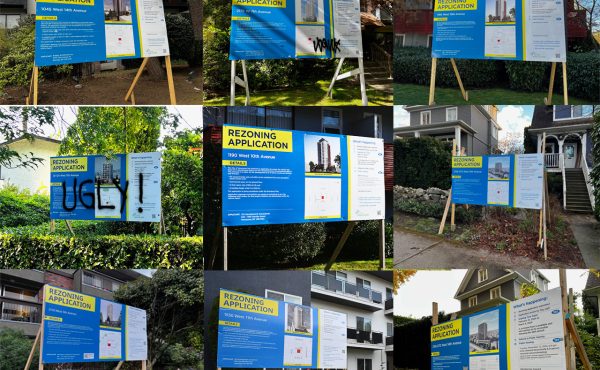
The words “experiment” and “urbanism” are rarely in the same sentence. “Experimental urbanism” even less so. A standard “Googling” of the terms will fetch surprisingly few meaningful results, and to ask a person of influence or power to advocate for – let alone celebrate – experimental urbanism would likely result in laughter.
As someone entrenched in several aspects of the built environment and urbanism – a term I use to include everything from architecture to urban design and planning – I can’t help but find this behaviour curious: why is there such a negative reaction to the idea of experimentation in the context of the built world? Especially when there is much evidence to suggest that experimentation is a vital and natural part of the evolution of the built environment?
Interestingly, the history of human settlement is ultimately defined by its experimentation. As we know, human culture is complex, defined by everything from language, arts and religion to technologies and building practices, among other things. Within this context, the built world—our cities, towns, villages and settlements—are the physical repository of cultural and social memory. And, insofar that culture is constantly transforming in response to different developments – social, technological, environmental – so to does the built environment. This process was so eloquently captured by Steward Brand’s re-adaptation of Sir Winston Churchill’s statement:
“First we shape our buildings, then they shape us, then we shape them again-ad infinitum.”
Considering the above quote, human settlements – and cities, in particular – are cultural fingerprints pressed into the landscape. While there may be similarities, no two are identical and, in real terms, each is an exploration of a new way of living with one another within a particular environment. In simple terms: settlements are experiments.
But this doesn’t bring us much closer to answering whether or not experimentation in the built environment is a vital and natural part of its evolution. Neither does it explain why we don’t welcome experimentation in urbanism as compared to other fields where it is understood as necessary and constructive. Perhaps the latter lies well beyond the scope of this article; but at the very least I can attempt to address why we need to actively support a diversity of experimental urbanism, especially now.
From the historical perspective, cities—the high density hives of activity that we have recently come to see as the pinnacles of stability and civilization—actually have a phenomenally poor success rate. They are the exception, not the rule, of human habitats. Their inherent complexity, fragility and instability at all levels make them particularly susceptible to catastrophe and, as a result, requires diversity and experimentation to be robust over time.
But no perfect city exists – or has ever existed – and one is hard-pressed to find a city that has maintained any sense of grandeur consistently since its birth. Those that have survived the test of time have done so in spurts of death, experimentation, and rebirth…pointing to an underlying pattern that highlights the significance of experimentation.
Our understanding of the evolutionary processes in the natural world offers food for thought. Research within the natural sciences has shown that stable environments—while fostering a convergence of physical form and function—are only receptive to minor innovations and refinements. In essence, they resist radical departures from established (design) norms.
Unstable environments, on the other hand, are open to major innovations and experimentation, but have higher failure rates since there is little direction as to which designs may succeed. This is to say, experimentation is natural and vital within the context of environmental instability.
Cities and settlements are very similar as places of uncertainty and radical cultural change—political, social, technological and otherwise. It is this very instability that spurs the growth of innovative urban environments, infrastructure and architecture in response to people grappling to adapt to their transforming world. The rapidly developing cities in Dubai, China, India and other developing countries are cases in point.
History shows that of most of these experiments will ultimately fail and be erased and replaced by emerging stable characteristics. The development of the automobile-based suburban environments we know well clearly demonstrates this process. From shopping malls and the vast tracts of parking lots around freestanding buildings, to the design of curbs and location of parks, its characteristics have become extremely refined. So much so that we often forget that they all began as experiments, as well. The nature of the failures of our suburban model of urbanism are worth considering more deeply since they highlight a couple of key lessons about experimentation and how to deploy it effectively.
The first lesson is that experimentation is equally important both during times of stability and in times of rapid flux in order to maintain resiliency over time. More active experimentation of different urbanism models—as well as the assured maintenance of past models—during the early years of suburban expansion would have allowed us to test more modes of living in preparation for the inevitable changes of the future—ones that we are now attempting to deal with.
The second important lesson pertains to scale and evaluation. Some of the most detrimental effects of the suburban experiment are related to the scale at which this trial was deployed. Driven by technological changes, we could and did blanket vast tracts of the landscape with this form of settlement and erased past templates, prior to assessing its implications. This points to the importance of fostering many small-scale, localized experiments that are evaluated as a matter of course, over time; ones that can fail and not be inherently destructive to the larger system.
Why is this relevant?
As we know, North America has remained largely stable over the past few decades – fostering the growth and development of urban patterns that are extremely refined. The rise of the automobile, abundant fossil fuel, and growth of the middle class in tandem with their flight from central cities – among other things – have largely characterized the types of settlements that have evolved. With relatively few examples of innovation and experimentation over this time period, recent issues around climate and energy are largely destabilizing these pillars of urbanism and triggering a series of ripples that are being felt at all levels across the continent.
As a result, we are seeing a direct clash between those who hold to the “truths” formed during the times of stability and the current necessity for experimentation as settlements—cities, in particular—battle to cope with the different cultural desires, new technologies and pressures never seen before in history. From the growing issues around the steadily growing demographic inversion and the lack of affordable housing, to the new mobility desires of shifting populations, it is clear that the urban landscapes of recent past—and the mentalities that created it—are in dire need of revision. Experimentation—the willingness to test new ways of living outside the status quo and to reap the many rewards of possible failure—is our only hope.
So this is a call for experimental urbanism…..and the courage needed by the next generation of urbanists who must uphold it.
***
Erick Villagomez is the Editor-in-chief at Spacing Vancouver. He is also an educator, independent researcher and designer with personal and professional interests in the urban landscapes. His private practice – Metis Design|Build – is an innovative practice dedicated to a collaborative and ecologically responsible approach to the design and construction of places. You can also see some of his drawing and digital painting adventures at Visual Thoughts.




